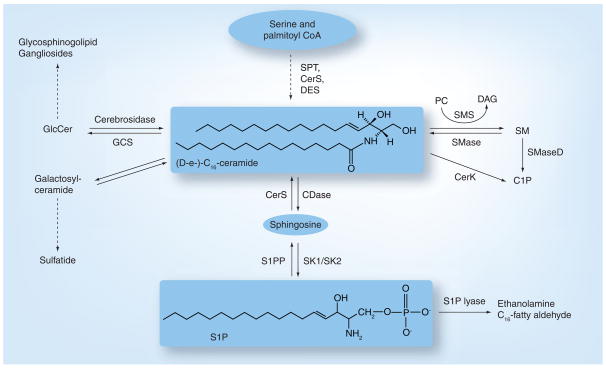Figure 1. De novo generation of ceramide and its metabolism to generate sphingosine-1-phosphate.
The first step of de novo synthesis of ceramide and other complex sphingolipids is the condensation of serine and palmitoyl CoA by SPT, followed by the action of CerS and DES forming ceramide, the central molecule of sphingolipid metabolism. Sphingosine formation occurs via deacylation of ceramide by CDase. Following deacylation, sphingosine is released, which can then be phosphorylated to generate S1P by the action of SK1 or SK2. S1P is hydrolyzed by S1P lyase. Ceramide can also be formed from the degradation of SM by SMases and glycosphingolipids by cerobrosidases. Ceramide is further metabolized for the synthesis of GlcCer by GCS, which is a precursor for lactosylceramide and ganglioside generation.
C1P: Ceramide-1-phosphate; CDase: Ceramidase; CerS: Ceramide synthase; DAG: Diacylglycerol; DES: Desaturase;
GCS: Glucosylceramide synthase; GlcCer: Glucosylceramide; S1P: Sphingosine-1-phosphate; S1PP: Phosphorylated sphingosine-1 phosphate; SK: Sphingosine kinase; SM: Sphingomyelin; SMase: Sphingomyelinase; SPT: Serine-palmitoyl CoA transferase.

